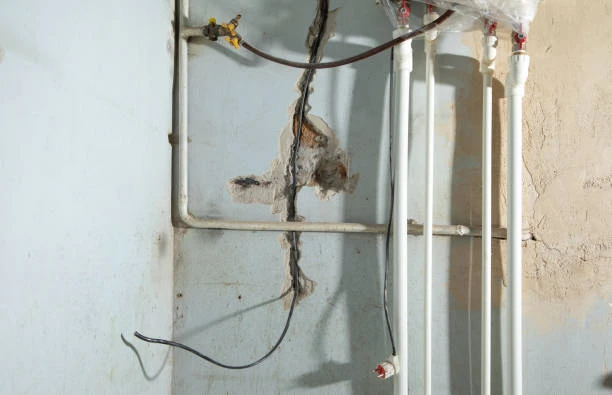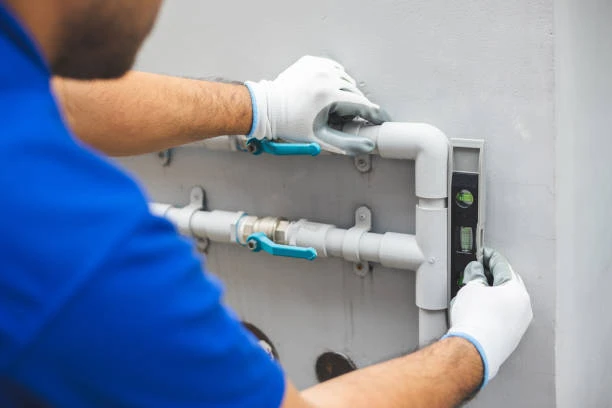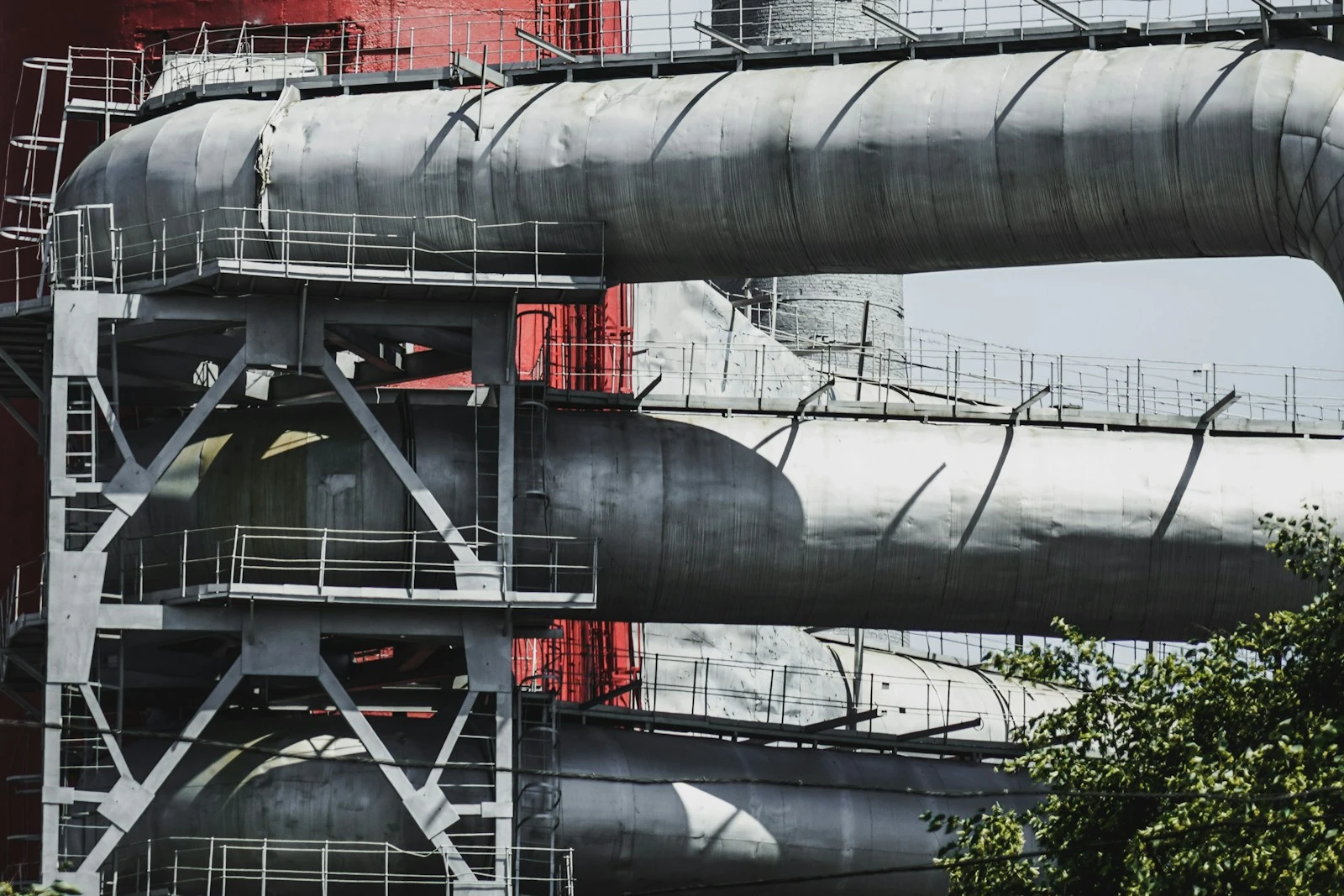Polypropylene Random Copolymer (PPR) pipes are widely used in plumbing systems for transporting hot and cold water due to their excellent thermal and chemical resistance. However, while PPR Pipe are designed to withstand high temperatures, the installation process can pose significant hazards if proper precautions are not taken. This article explores the high temperature hazards associated with PPR pipe installation, offers safety guidelines, and discusses best practices to ensure a safe working environment.
Understanding PPR Pipe
PPR pipes are made from a thermoplastic material known for its lightweight, flexibility, and durability. Commonly used in residential and commercial plumbing, they have several advantages:
- Heat Resistance: PPR pipes can handle temperatures up to 95°C (203°F), making them suitable for hot water systems.
- Corrosion Resistance: Unlike metal pipes, PPR does not corrode, ensuring a longer lifespan.
- Ease of Installation: PPR pipes can be joined using hot welding methods, creating strong, leak-proof joints.
Characteristics of PPR Pipe
Genuine PPR pipes are characterized by:
- Color Coding: Usually green for hot water and blue for cold water.
- Markings: Certifications and manufacturer details printed on the pipe.
High Temperature Hazards During Installation
While PPR pipes are engineered to handle high temperatures, the installation process involves several risks that must be managed effectively.
1. Burns and Scalds
One of the most immediate hazards when installing PPR pipes is the risk of burns and scalds from hot surfaces or molten plastic. During the welding process, the pipe ends are heated to temperatures exceeding 200°C (392°F).
Safety Measures:
- Protective Gear: Always wear heat-resistant gloves and protective clothing.
- Heat Shields: Use heat shields to protect yourself and nearby materials from accidental burns.
- Work Area Preparation: Ensure the installation area is clear of flammable materials.
2. Equipment Malfunction
Welding equipment used for PPR pipe installation, such as hot air guns and fusion machines, can malfunction or become defective, leading to overheating or uncontrolled temperature settings.
Safety Measures:
- Regular Maintenance: Conduct routine checks and maintenance on all equipment before use.
- Temperature Control: Use equipment with reliable temperature control features and safety shut-offs.
- Training: Ensure that all operators are trained in the proper use of welding equipment.
3. Fumes and Vapors
The heating process can release fumes and vapors from the PPR material, which can be hazardous if inhaled. Prolonged exposure to these fumes can lead to respiratory issues.
Safety Measures:
- Ventilation: Ensure adequate ventilation in the work area. Use exhaust fans if necessary.
- Respiratory Protection: Wear masks or respirators designed to filter harmful fumes during installation.
4. Heat Stress
Working in high-temperature environments can lead to heat stress, which is a serious health risk for workers involved in PPR pipe installation.
Safety Measures:
- Hydration: Encourage regular hydration breaks and provide water at the work site.
- Breaks: Schedule regular breaks in shaded or cool areas to reduce the risk of heat-related illnesses.
- Monitoring: Use heat stress monitoring tools to keep track of environmental conditions.
5. Improper Joint Fusion
Inadequate heating or improper welding techniques can result in weak joints, which can fail under pressure and temperature, leading to leaks or pipe bursts.
Safety Measures:
- Training and Certification: Ensure that technicians are trained and certified in PPR welding techniques.
- Quality Checks: Conduct thorough inspections of welded joints to ensure quality and adherence to standards.

Best Practices for Safe PPR Pipe Installation
To minimize the risks associated with high temperatures during PPR pipe installation, consider the following best practices:
1. Pre-Installation Planning
Before starting the installation, conduct a thorough assessment of the work site, identifying potential hazards and ensuring that all necessary equipment and materials are available.
2. Use of Proper Tools
Utilize tools specifically designed for PPR pipe installation. This includes fusion machines and hot air tools that can maintain consistent temperatures.
3. Compliance with Standards
Adhere to national and local plumbing codes and standards during installation. This ensures that all practices are safe and effective.
4. Continuous Monitoring
During the installation process, continuously monitor the temperature of the welding equipment and the work environment to identify any potential hazards early.
5. Training and Education
Invest in regular training for all personnel involved in PPR pipe installation. This should cover safe handling procedures, equipment use, and emergency response strategies.
Conclusion
The installation of PPR Pipe, while beneficial for hot and cold water systems, comes with inherent high-temperature hazards that must be managed effectively. By understanding these risks and implementing appropriate safety measures, workers can create a safer installation environment. Continuous education, monitoring, and adherence to safety standards will not only protect workers but also ensure the longevity and reliability of PPR plumbing systems.
FAQs
1. What are the temperature limits for PPR pipes?
PPR pipes can handle temperatures up to 95°C (203°F) for hot water applications.
2. What safety gear should be worn during PPR pipe installation?
Workers should wear heat-resistant gloves, protective clothing, and respiratory masks to safeguard against burns and fumes.
3. How can I prevent burns during installation?
Use heat shields, maintain a safe distance from heated surfaces, and wear appropriate protective gear.
4. What should I do if I experience heat stress?
Take immediate breaks in a cool area, hydrate, and seek medical attention if symptoms persist.
5. How can I ensure a proper weld on PPR pipes?
Follow manufacturer guidelines for welding temperatures and times, and conduct quality checks on welded joints.


















